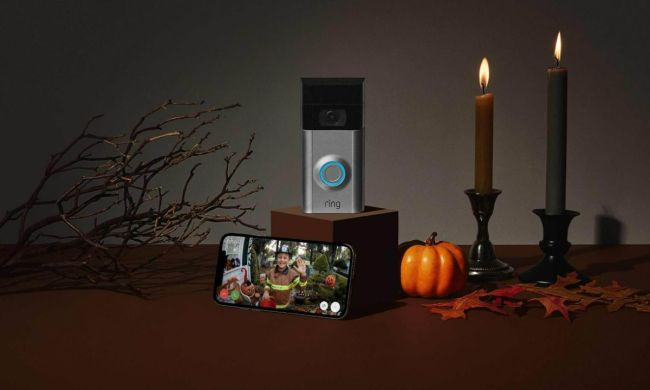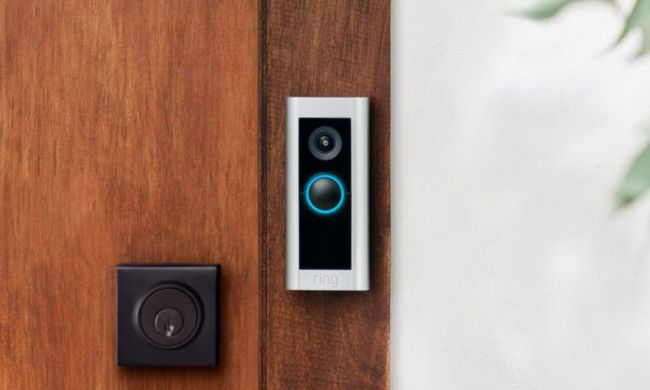
Going Green
Predictably, environmental concerns and energy efficiency are issues that are top-of-mind for today’s homeowner. As a result, even high-end audio-video integrators are incorporating this technology into their connected home repertoire.
We recently caught up with Phil Mulligan of Pacific Audio & Communications in Maui, who is one such AV installer. Given that energy on the island is a whopping 41 cents per KW/H, saving on power bills is a big priority for many of Mulligan’s clients. Two of his recent projects use large Photovoltaic systems, in which sunlight is converted to usable energy. In fact, these systems produce enough power that some is actually sold back to the electric company to help offset the homeowners’ electric bill. “It actually turns their electric meter backwards,” says Mulligan.
As a whole though, across the nation, installers are seeing increasing demand for green technology on the front lines. Tim Rooney, owner of All Around Technology in Bethesda, Maryland, for instance, has experienced a sizable influx of customers requesting integrated technology that ties in green awareness factors like energy consumption and the ability to monitor and control their carbon footprint.
“We are constantly being asked to add feedback and measurement devices to water and HVAC systems that monitor how much energy and resources are being consumed by the home. We are tasked, as an industry, with bringing that information to the customers’ fingertips,” says Rooney.
Improvements in HVAC
HVAC is also becoming more energy-efficient with the introduction of systems that use zone control so that you’re not cooling the entire house, just the specific areas you’re using. Mulligan even incorporates technology into his designs that determines the difference between outside and inside air temperature, which allows the HVAC system to pull cool outdoor air into the home instead of running the AC.
Smart lighting that senses when someone enters or leaves a room will additionally be par for the course in the home of the future, according to both Mulligan and Rooney, further cutting down on energy costs. Automated sequences that turn off powered items when not in use instead of simply putting them into standby mode should also help lower consumption. “Almost every appliance drains power, even when it’s not being used. If you add up all the appliances in a large home, it becomes a big enough amount to take notice of,” says Mulligan.
Mind you, pioneering advancements in home technology aren’t being driven by professional installers alone. There is also a large push from universities like Duke, for example, whose Home Depot Smart Home and living laboratory became a reality late last year. The home’s showers incorporate hot water generated from a solar hot water system on the roof, while its toilets and irrigation system use liquid collected from a rainwater harvesting system.

Duke’s smart home also features fiber-optic wiring, which seems to be the rapidly-emerging standard for structured wiring in tomorrow’s connected home. In the Duke smart home, it allows the residents to surf the Internet at a shocking 40 Gigabytes per second. Put in practical terms, that’s more than enough bandwidth to power streaming audio/video and massively-multiplayer online games being simultaneously broadcast to multiple locations from attic to basement.
Fiber-optic cable will also be the standard for future home entertainment systems, according to Rooney. “The whole world of entertainment is going to stream right into the home,” he explains. “You’ll get more immediate movie releases in higher quality than ever before.” This future, while bright, will depend largely on Hollywood studios and their ability to control piracy, however. “We are seeing that fiber optic cable will be the preferred method of moving video content around the house,” Rooney adds, noting that there’s a good chance that studios like MGM and Universal might not approve of every usage.

Smart kitchens are another rising trend, thanks to devices like Whirlpool’s GD5VVAXT ($1,999) stainless steel refrigerator, featuring a docking bay for a digital photo frame, satellite radio, DVD player, or iPod and tablet PC modules. Similarly, Audiovox’s homebase ($250), a message center with a built in microphone, lets you record notes for family members. The homebase also includes a digital photo frame that holds up to 125 high-resolution photos and a dry-erase board for quick notes or lists. Translation: You’ll soon have a multimedia hub right next to the oven.
Taking kitchen connectivity to the next level, some custom installers are even installing connected kitchens that allow you to put a casserole in the oven before you go to work and log onto the Internet from your office to turn it on so that it’s ready right when you get home at dinnertime. It’s not far off the mark to imagine a day soon when we’ll all enjoy refrigerators that scan food product barcodes and then alert you when meat or cheese has expired either. How’s that for convenience?
Home Security and Communications
Security and communications, while not as sexy as green home technology, a self-aware kitchen or sizzling home entertainment, will always have a place in the home of the future as well.
The current state-of-the-art with the former is the ability to access video from your security system remotely. There are even DIY systems available, such as the HomeRemote Pro Home Control Remote Monitoring Starter Kit ($230), which let you secure, monitor and control your home remotely via a computer web browser or cellular phone. All you need is a broadband connection to control your home’s lighting, appliances, doors, shades, temperature and more while on vacation. Not only do systems like these offer convenient functions, they offer piece of mind knowing that your home is secure.
Communications is also another area where manufacturers are making large strides, with companies like Elan producing products that let you get the message across more easily in a large home. With Elan’s controllers, you can answer the door from any room in the house, page the entire home, use the phone as an intercom, and even mute house-wide audio systems all by simply picking up a phone. Some installers even install microphones in areas where children play so that they can be monitored from other rooms in the house.
What Tomorrow Holds
In order for all this practical technology to be useful and therefore desirable to the end-user, however, it’s important that it be seamless and adjustable on the fly.
“Currently a lot of the integration technology available is preprogrammed by the factory or the home integration dealer and isn’t necessarily user-customizable,” says Rooney. “The home of the future will have a very simple, intuitive, and intelligent interface that will allow people to actually use its technology in a way that better fits their lifestyle on a daily basis, changing programming much like you’d change a playlist on iTunes, without the help of a professional.”
Knowing this, it’s safe to say that the home of the future is a vast category, and one that bears further exploring. Stay tuned for additional examinations of the 21st century residence, and feedback on connected home products, as we move towards a brighter, more wired tomorrow.



